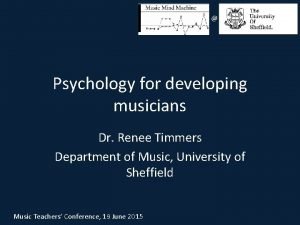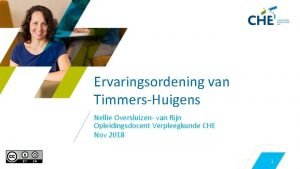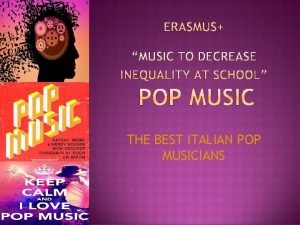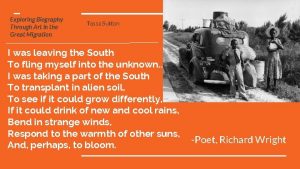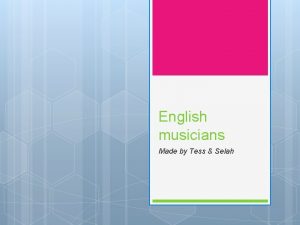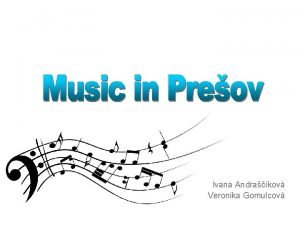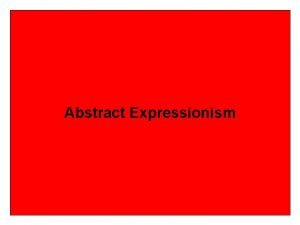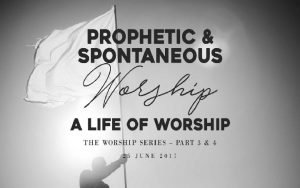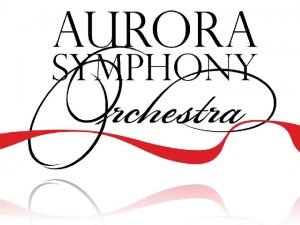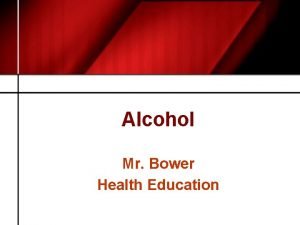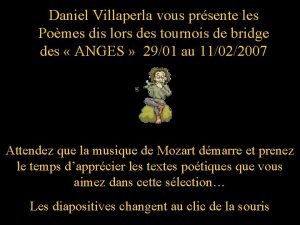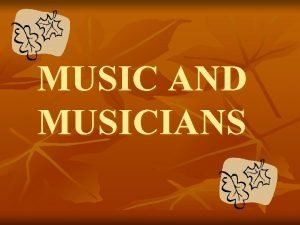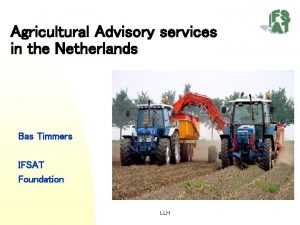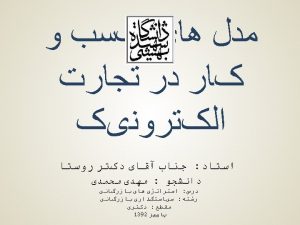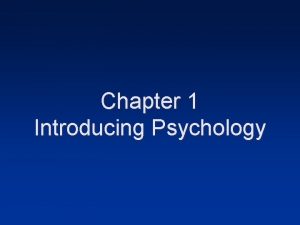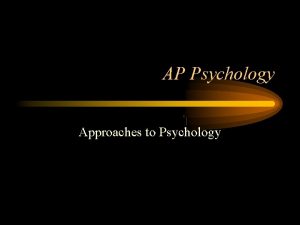Psychology for developing musicians Dr Renee Timmers Department





















- Slides: 21

@ Psychology for developing musicians Dr. Renee Timmers Department of Music, University of Sheffield Music Teachers’ Conference, 19 June 2015

Overview @ Psychology for developing musicians: Relevant research examples 1. Multimodal learning 2. Enhancing expressive performance 3. Addressing performance anxiety Drawing on work by Andrea Schiavio (Ph. D), Lisa Carlin (MA), Henrique Meissner (Ph. D), Michael Bonshor (Ph. D), Mary Hawkes (Ph. D), Elisabeth Brooker (Ph. D, Leeds) Music Teachers’ Conference, 19 June 2015

@ Multimodal Learning of Music • Background: – Multimodal presentation of material tends to enhance learning (e. g. audio + visual) – Including our motor system in learning may be in particular beneficial (embodiment) • Test: – Participants are asked to remember 4 atonal melodies – Learning is done by listening, listening & seeing, listening & playing, listening & silent playing – Task: Is the presented melody original or new? Music Teachers’ Conference, 19 June 2015

120 Participants: @ 40 pianists, 40 musicians, 40 non-musicians 10 participants 8 x listen to music 10 participants 4 x listen, followed by playing 10 participants 4 x listen, followed by silent playing 10 participants 4 x listen, followed by watching video of performance Music Teachers’ Conference, 19 June 2015

Seeing The participant watched a video where the hand of a performer is shown who plays the melodies. Playing and Silent Tapping The participant watched a video which shows how to play the melodies on the piano by highlighted keys.

@ Results • Accuracy of recognition was equal across participant groups • Active learning conditions showed in particular an advantage • Even without auditory feedback Reference: Schiavio & Timmers (in press), Music Perception Music Teachers’ Conference, 19 June 2015

@ Learning to read rhythms • Background: – Students with dyslexia and dyscalculia often encounter problems in sight-reading, and memorising music – Multisensory and multidimensional representations of rhythm may help • Test: – Dyscalculic and dyslexic musical participants receive multidimensional rhythm reading exercises – Performance on sight-reading tasks is measured before and after training Music Teachers’ Conference, 19 June 2015

Training Rhythm pattern flashcards (top and middle) Rhythm line board with the heart pulses and the red bubble shaped notation on (bottom) Colour-coded bubble shaped concrete material for notes and rests Copyright © 2012 Lisa J Carlin. Any unauthorised use of the teaching material will constitute an infringement of copyright.

Preliminary Results (Carlin, 2015) Example of sight-reading rhythm test (one done before and one done after training) Example of results. Exercise 1 (slightly different but comparable exercises pre and post) Improvement concerns non-learning difficulty participants (2) and participants with learning difficulty (3)

@ Summary so far • Learning of atonal melodies was better – When hearing was alternated with playing or silent playing of the music compared to only hearing – Alternating with seeing the melodies performed (without sound) was as good as hearing only • Learning to sight read rhythmic notation – Can be a challenge for dyscalculic and dyslectic students in particular – Multisensory and multidimensional representations facilitate learning Music Teachers’ Conference, 19 June 2015

@ Enhancing expressive performance • Background: – Performance expression is (variations in tempo, dynamics) often related to an emotional and structural interpretation of the music – Teaching methods include the use of metaphors, modeling, as well as dialogic teaching. • Test of dialogic teaching: – Control group: Lesson focuses on correct performance and structural knowledge (key, meter) – Experimental group: Lesson focuses on emotional character of music and expressive cues (method: dialogic teaching) – Performance of two pieces with opposite character at start and end of a lesson. Music Teachers’ Conference, 19 June 2015

@ Hypothetical model (Meissner, in prep) Dialogical explanation of use expressive devices Dialogue about musical character Expressive Music Performance Music Teachers’ Conference, 19 June 2015


@ Results (partial only, Meissner, in prep) Overall expressiveness scores pre-post teaching • Overall expressiveness Branle/Allegro * * p <. 05 Music*Teachers’ Conference, 19 June 2015 • Overall expressiveness Rain/Adagio *

@ Results (partial only, Meissner, in prep) Scores for accuracy pre-post teaching • Accuracy Branle/Allegro • Accuracy Rain/Adagio * * p <. 05 Music Teachers’ Conference, 19 June 2015

@ Summary & Discussion • Dialogic teaching about musical character and expressive cues – Effective to enhance expressive performance in one-off lesson • Use in combination with other means – Verbal feedback (constructive and concrete, Bonshor, 2015) – Modeling, metaphors Music Teachers’ Conference, 19 June 2015

@ Addressing Music Performance Anxiety • Background – Performance anxiety is very common among musicians of any level • May be best thought of performance concerns (Hawkes, in prep) • Classified as a type of social anxiety – Manifestation is a combination of genetics (trait anxiety), development (experiences), and context (situation) • Interventions – Hypnoses and emdr (eye mov. des. reproc. , Elizabeth Brooker, Ph. D Leeds) – Mental skills training, techniques from sport psychology (Mary Hawkes, Rosalind Tomlin, Sheffield) – Using practice to reduce MPA Music Teachers’ Conference, 19 June 2015

@ Using practice to reduce MPA • Fostering a mastering approach, avoiding helplessness / dependence – Students set goals for their own practice (Jorgenson, ) – Specific short term performance goals (reachable even if time is limited) • Practicing for performance in addition to practicing for skill improvement – Performance opportunities that are seen as chances to learn (Mary Hawkes, in prep) Music Teachers’ Conference, 19 June 2015

@ General Summary and Discussion • Multimodal learning • Dialogical teaching • Mastering approach • What are your experiences related to learning styles, fostering expressiveness, and reducing performance anxiety? • What are the questions that you have related to these issues? Music Teachers’ Conference, 19 June 2015

References @ Bonshor, M. J. (2013 a). Choral confidence: some effects of choir configuration, cohesion and collaboration. Proceedings of the Phenomenon of Singing International Symposium IX held at Memorial University, St John’s, Newfoundland. Brooker, E. (in prep). Ph. D thesis, University of Leeds Carlin, L. J. (2012). Dyscalculia and rhythm (Unpublished bachelor of arts thesis). The University of York, York. Carlin, L. J. (2015). Dyscalculia/Dyslexia: difficulties in sight-reading rhythm. Investigating the effectiveness of a new multi-sensory colour teaching intervention, does it facilitate/improve sight-reading rhythm skills? (Unpublished MA dissertation) The University of Sheffield. Hawkes, M. (in prep). Ph. D thesis, University of Sheffield Meissner, H. (in prep). Ph. D thesis, University of Sheffield Schiavio, A. & Timmers, R. (under review). Motor and audiovisual learning consolidate auditory memory of tonally ambiguous melodies. Music Perception. Tomlin, R. (2015). MA dissertation, University of Sheffield. Music Teachers’ Conference, 19 June 2015

 Renee timmers
Renee timmers Chris franken
Chris franken Jordi timmers
Jordi timmers Ervaringsordening toepassen
Ervaringsordening toepassen Theo timmers
Theo timmers Musicians union legal advice
Musicians union legal advice Famous italian musicians
Famous italian musicians Romare bearden three folk musicians
Romare bearden three folk musicians What are these people doing?
What are these people doing? Three musicians by pablo picasso
Three musicians by pablo picasso Opera is an art form in which singers and musicians
Opera is an art form in which singers and musicians English musicians
English musicians Sculptures of musicians
Sculptures of musicians Musicians
Musicians Hale woodruff mutiny on the amistad
Hale woodruff mutiny on the amistad Worship musicians
Worship musicians Aso musicians
Aso musicians Musicians who died from alcohol
Musicians who died from alcohol Jessica renee johnson photo
Jessica renee johnson photo Poésie ponctuation de renée jeanne mignard
Poésie ponctuation de renée jeanne mignard Renee grassi
Renee grassi Renee lawson hardy today
Renee lawson hardy today
